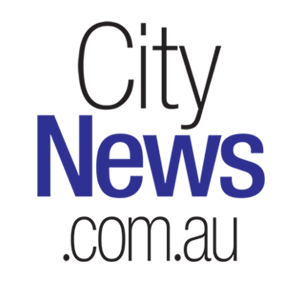
LIFE in captivity can change the wing shape of birds, hindering their chances of surviving migratory flights when they are released into the wild, according to new research.
Study author Dr Dejan Stojanovic, of the ANU, said while captive breeding was an important conservation tool, it could lead to various physical changes in animals, including their wing shape.
One of the bird species examined was the critically-endangered orange-bellied parrot, which are subject to one of the largest, longest running breeding programs of any Australian species.
To prevent extinction, their wild population is supplemented via annual releases of juveniles from captivity.
“Previously we’ve shown that captivity can change the shape of orange-bellied parrot wings, which we suspected might make their migration flights more difficult,” Dr Stojanovic said.
“But this new study reveals the first direct evidence that altered wing shapes in captivity lower migration success after release to the wild.”
Although all juvenile orange-bellied parrots had a low migration survival rate, captive-bred birds with altered wing shapes had a survival rate 2.7 times lower than those with an ideal “wild type” wing.
The study also found evidence of altered wing shapes in four other captive bird species, suggesting that these changes may be more common in captivity than previously thought.
“This is likely only the tip of an iceberg of subtle physical changes to the bodies of captive-bred animals that, although easily overlooked, have a big impact after release,” Dr Stojanovic said.
“We should be aware of this and find ways to mitigate the effects of captivity if we want to give our breeding programs the best chance of supporting wild populations.”
It’s not yet known why the flight feathers of birds are so changeable, or whether this is due to genetics or the captive environment.
“There are other unanswered questions as well,” he said.
“For example, can birds with captive wing shapes revert to the optimal wild shape? Could flight training help? These questions need to be answered so that we can work out how to breed animals well suited for life in the wild.
“This could become especially important as the global extinction crisis forces more species into captive breeding programs.”
The research has been published in “Ecology Letters”.
Who can be trusted?
In a world of spin and confusion, there’s never been a more important time to support independent journalism in Canberra.
If you trust our work online and want to enforce the power of independent voices, I invite you to make a small contribution.
Every dollar of support is invested back into our journalism to help keep citynews.com.au strong and free.
Thank you,
Ian Meikle, editor





![For graphic designer Tracy Hall, street art is like any artwork, her canvas has been swapped out for fences and plywood, her medium changing from watercolours to spray paint.
A Canberra resident for 13 years, Tracy has been a street and mural artist for the past five.
Her first exploration into grand-scale painting was at the Point Hut toilets in Banks five years ago. “They had just finished doing up the playground area for all the little kids and the words [of graffiti] that were coming up weren’t family friendly,” she says.
“So I ended up drawing this design and I got approval for the artwork.”
Many of Tracy’s time-consuming artworks are free, with thousands of her own dollars put into paint.
@traceofcolourdesigns
To read all about Tracy's fabulous street art, visit our website at citynews.com.au or tap the link in our bio! 🎨🖌
#canberranews #citynews #localstories #canberrastories #Citynews #localnews #canberra #incrediblewomen #journalism #canberracitynews #storiesthatmatter #canberralocals #artist #streetart #streetartist #StreetArtMagic](https://scontent.cdninstagram.com/v/t39.30808-6/490887207_1225841146218103_6160376948971514278_n.jpg?stp=dst-jpg_e35_tt6&_nc_cat=106&ccb=1-7&_nc_sid=18de74&_nc_ohc=MUiEmedc4VAQ7kNvwHTUMX_&_nc_oc=Adk-5HjcsfQwB-n_l8zetmr0YqMaupGjrl2gNVCZdsmkxwn-oqjBg_V7pLtGggCE43s&_nc_zt=23&_nc_ht=scontent.cdninstagram.com&edm=ANo9K5cEAAAA&_nc_gid=2FoQKyFoWbYM5XXwvYdzOA&oh=00_AfFQmGRsiiKvgaBl5i0R0URNuuhMLm_F4ObJ6vYgAB4vKg&oe=680A3A94)



Leave a Reply